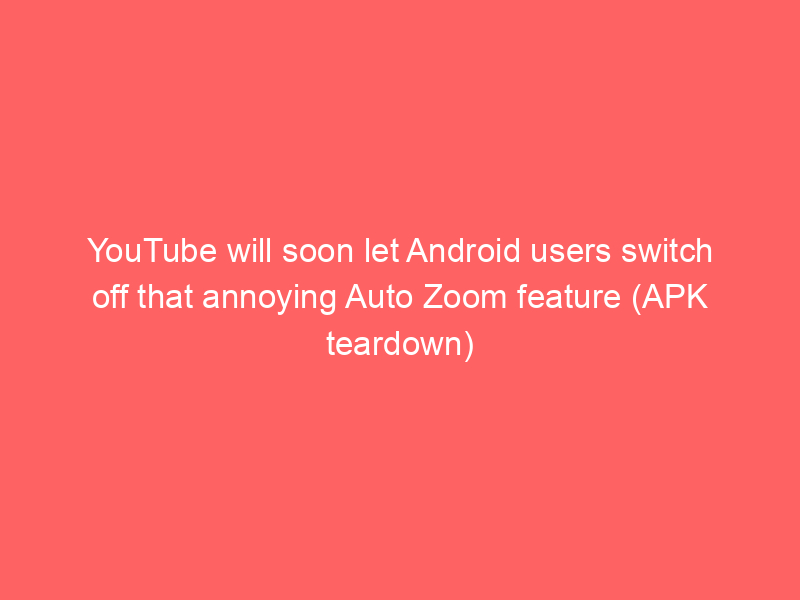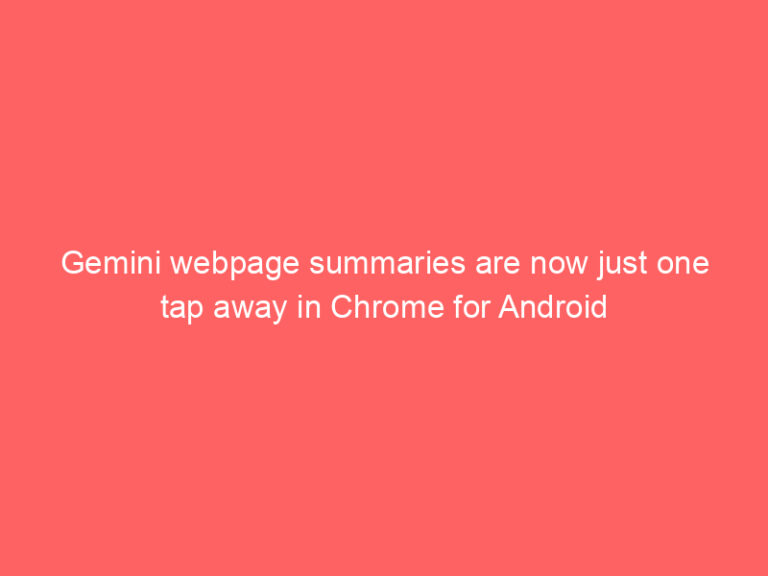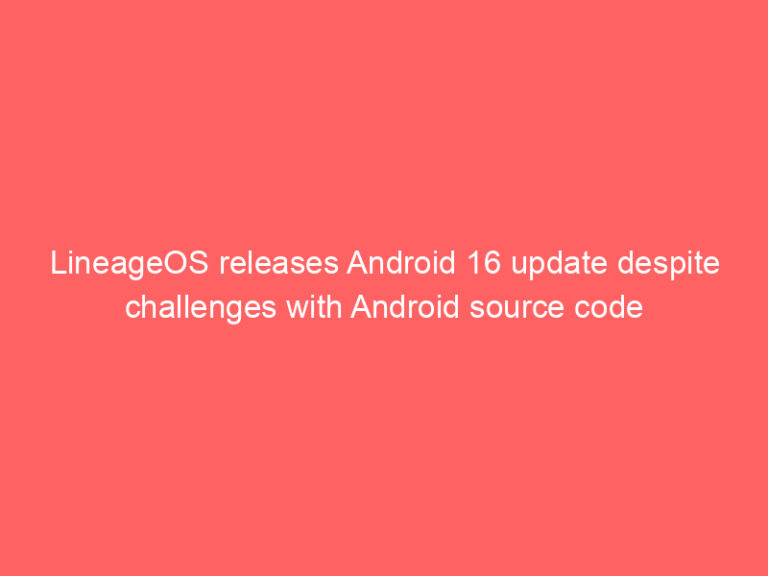
The Great Auto Zoom Debate: Should YouTube Let Android Users Turn It Off?
The news broke recently, and it’s sent shockwaves through the tech community: YouTube is planning to let Android users switch off the auto-zoom feature in the near future. This move, while seemingly backward, has sparked heated debate and ignited a crucial discussion about user autonomy and the future of mobile video.
Breaking Down the Problem
The auto-zoom feature has become a ubiquitous annoyance for Android users. It automatically magnifies specific sections of videos, leading to a distorted and uncomfortable viewing experience. While it’s initially designed to ensure accessibility for users with visual impairments, it often results in frustrating and confusing viewing for everyone.
Here are some of the key issues with the auto-zoom:
* Distortion: It stretches and squashes videos, often making objects appear disproportionately larger or smaller than they actually are.
* Unclear images: It can leave portions of the video blurry or cut off entirely, making it difficult to follow the content.
* Frustration: It can lead to time-consuming scrolling and awkward viewing experiences, especially during live events.
The Proposed Solution
News reports suggest that YouTube plans to address this issue by giving users the option to disable the auto-zoom feature through the app settings. This is a significant step forward, and it’s a testament to the growing awareness of user preferences and the need for greater control over content viewing.
What This Means for Android Users
This move has the potential to significantly improve the viewing experience for Android users. By removing the auto-zoom feature, users will have greater control over their viewing, allowing them to customize the experience to their liking. This can lead to a more comfortable and enjoyable viewing of videos across a wider range of content.
The Future of Mobile Video
The development of this feature also raises interesting questions about the future of mobile video. As technology continues to evolve and users demand greater customization, it will be interesting to see how this issue is addressed in the future.
Will YouTube continue to prioritize accessibility features, or will user preferences become more prominent? What other features could be added to give users even greater control over their viewing experience?
Conclusion
The upcoming decision to allow Android users to disable the auto-zoom feature is a major step forward for user choice and a more enjoyable mobile video experience. It’s a reminder that tech companies are listening to user feedback and are constantly striving to improve the overall viewing experience.
As we move forward, it’s crucial to remain engaged in this conversation and share our thoughts on the future of mobile video and user autonomy. Let’s work together to ensure that the tech landscape remains open to innovation and user needs.




